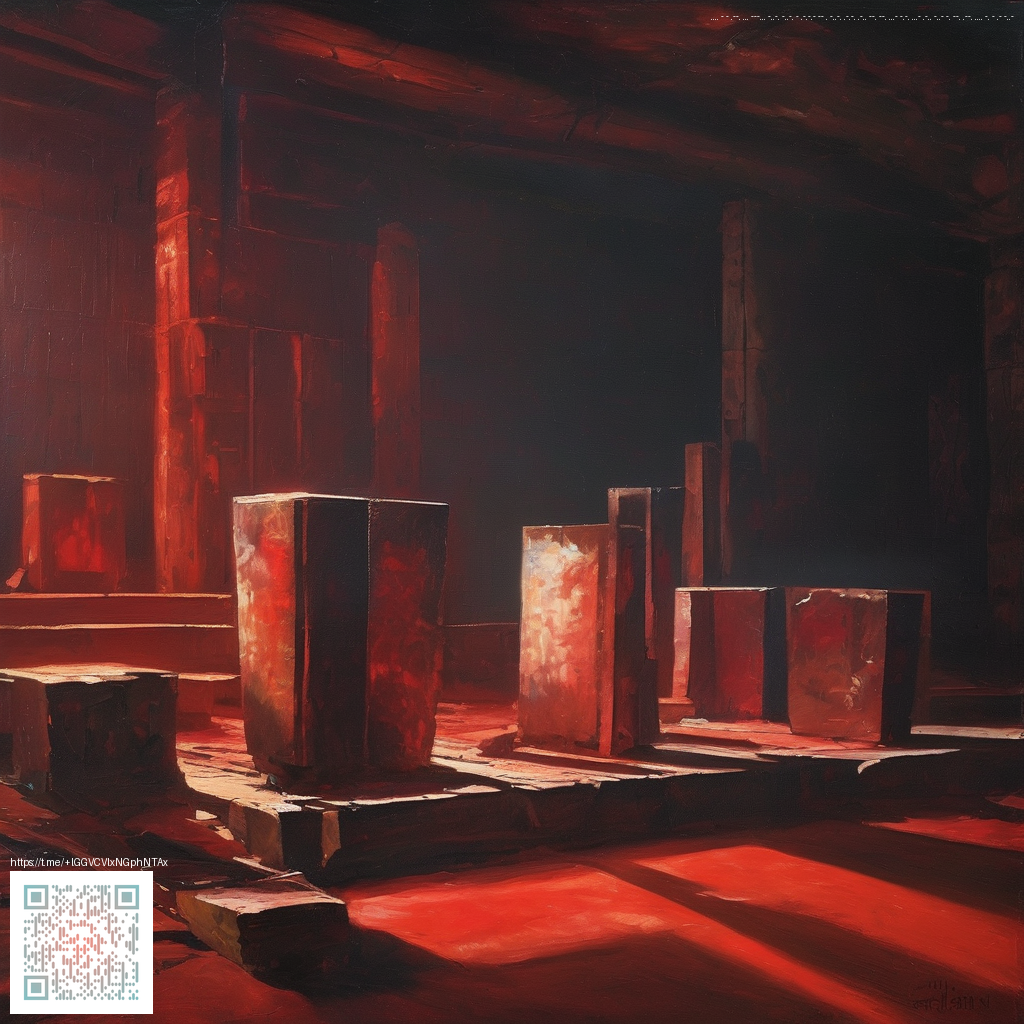
Fan Theories Roundup for a Classic Theme Park Sim
Fans of the classic theme park simulation have spent years debating the hidden logics behind the design choices in the widely played port that blends nostalgia with modern touch controls. This round up digs into the most compelling ideas and why they resonate with players who remember the original era. The port brings together content from the early games in one package for mobile and PC without losing the quirky charm that defined the series.
The port blends content from RollerCoaster Tycoon 1 and its sequel into one package, offering familiar rides and tracks with modern controls. Community discussions keep twisting as patches improve touch support and streamline the interface for today screens. Every update seems to spark fresh speculation about what might lie beneath the surface and which ideas were kept deliberately hidden.
From crowded parks to lone experiments the fan base loves to chase the idea that there is more than the obvious path to success
Theories from the community
- The Legacy Mode theory posits a hidden mode that would unlock experimental layouts from early design sketches. Proponents point to unsigned prototype screenshots and references in old interviews. The idea is that a deeper backlog exists that players can discover through careful exploration.
- The Hidden Rides idea speculates there are rides tucked away behind special conditions or debug tricks that only a few players stumble upon. The chatter suggests these could be rare classics or entirely new experiments that never shipped in mass market builds. Community threads tease the possibility of stepping beyond the conventional coaster catalog.
- The Weather and Seasonality argument proposes that shifting weather data impacts guest mood and ride demand in subtle ways. The theory ties park income to dynamic conditions and hints at hidden seasonal events that players rarely trigger in standard campaigns. It adds a sense that the park is living and breathing beyond a simple numerical balance sheet.
- The Coaster Physics theory argues the physics are simplified on purpose to keep rides manageable while preserving the challenge of layout planning. Supporters say the system favors inventive design over brute force speed and that this mirrors the balancing act of the original titles. The theory frames the port as a faithful but accessible homage rather than a one to one replica.
- The Secret Editor theory claims a debug or hidden editor exists for tweaking park stats beyond the standard tools. The claim hinges on scattered UI hints and community experiments that suggest there might be more knobs to tweak behind the scenes. Even if not publicly accessible, the idea fuels longer term experimentation and curiosity.
Updates that feed the discussion
Over the years patches have focused on usability and stability. Players report smoother input on phones and tablets and a more responsive camera that makes building and testing layouts less painful. These changes amplify the sandbox vibe that fuels speculation about hidden content and alternate outcomes. The vibe is that updates open new ways to test old ideas rather than simply fix bugs.
Another thread in the conversation is how UI tweaks influence the sense of discovery. When menus are easier to navigate and ride stats update instantly, players feel more encouraged to experiment with retro layout concepts. It becomes clear that what looks like a small quality of life improvement can become a doorway to new fan theories and creative experiments.
Modding culture and community crafted content
Official mod support remains limited within this port yet dedicated fans continue to remix scenarios and tweak balancing through save edits and community scenario packs. The result is a thriving ecosystem of user made content that keeps parks fresh even after many playthroughs. The sense of discovery remains strong as players uncover clever tricks and challenge one another to design more efficient coasters.
It is the little details a rider notices that keep players coming back the same way a hidden ride would
For those who want a tangible upgrade for long sessions consider reliable gear that improves precision during long building bouts. A quality mouse pad rounds out the setup and helps keep control smooth while you map out intricate track work and test different layouts.
Neoprene Mouse Pad Round or Rectangular Non-Slip Personalized